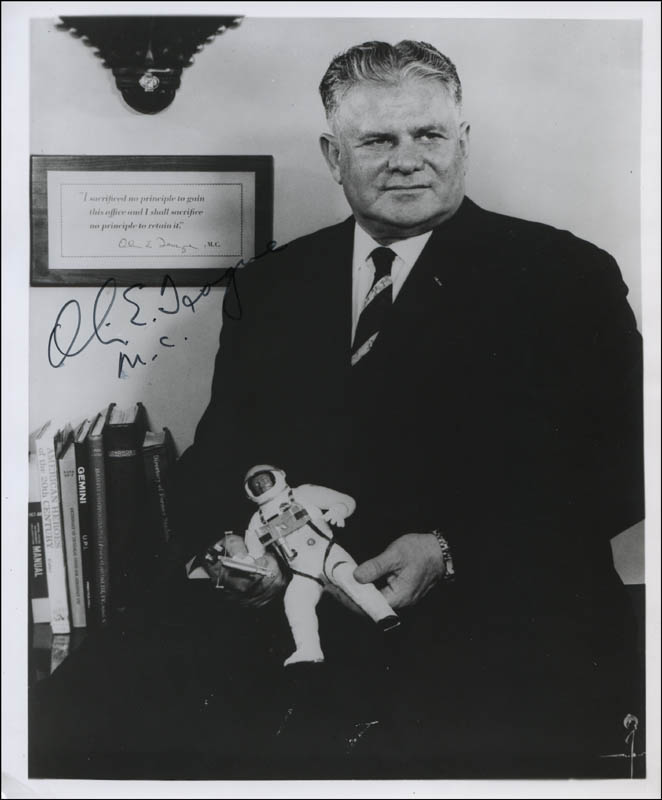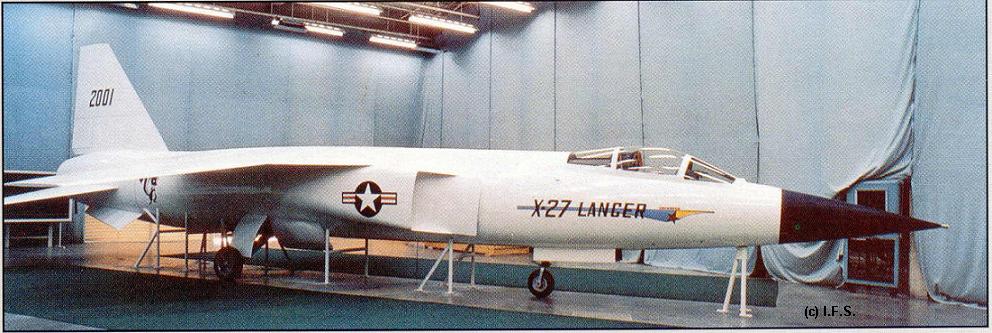a now a little pop culture entry
... From 1973 onwards, Gene Roddenberry made a comeback to science fiction, selling ideas for many new series to a variety of networks – and he had seven failures in a row !
Roddenberry's Genesis II was set in a post-apocalyptic Earth. He had hoped to recreate the success of Star Trek without "doing another space-hopping show". He created a 45-page writing guide, and proposed several story ideas based on the concept that pockets of civilisation had regressed to past eras or changed altogether. The pilot aired as a TV movie in March 1973, setting new records for the Thursday Night Movie of the Week. Roddenberry was asked to produce four more scripts for episodes but, before production began again, CBS aired the film Planet of the Apes. It was watched by an even greater audience than Genesis II, so CBS scrapped Genesis II and replaced it with the Apes television series.
Roddenberry second atempt was The Questor Tapes, a project that reunited him with his Star Trek collaborator, Gene L. Coon, who was in failing health at the time. NBC ordered sixteen episodes, and tentatively scheduled the series to follow The Rockford Files on Friday nights; the pilot launched on January 23, 1974, to positive critical response. Roddenberry however balked at the substantial changes requested by the network and left the project, leading to its immediate cancellation.
During 1974, Roddenberry third atempt was a reworked Genesis II concept entitled Planet Earth, for rival network ABC, with similar results. The pilot was aired on April 23, 1974. While Roddenberry wanted to create something that could feasibly exist in the future, the network wanted stereotypical science fiction women and were unhappy when that was not delivered, and so the serie failed. Worse, Roddenberry was not involved in a third reworking of the material by ABC that produced Strange New World.
Undaunted, Roddenberry began developing MAGNA I, an underwater science fiction series, for 20th Century Fox Television. But by the time the work on the script was complete, those who had approved the project had left Fox and their replacements were not interested in the project.
A similar fate was faced by Tribunes, a science fiction police series, which Roddenberry attempted to get off the ground between 1973 and 1977. He gave up after four years; the series never reached the pilot stage. The pilot for the series Spectre, Roddenberry's attempt to create an occult detective duo similar to Sherlock Holmes and Dr. Watson, was released as a television movie.
So one can see how Roddenberry failed to get out of his Star Trek paradigm. It was quite inevitable that at some point he would return to the Star Trek verse.
And indeed, because of ongoing fan support, Roddenberry was hired once more by Paramount, in May 1975, to create and produce a feature film based on the franchise. The studio was unimpressed with the ideas being put forward; John D. F. Black's opinion was that their ideas were never "big enough" for the studio, even when one scenario involved the end of the universe.
In the year 1976 several ideas were partly developed including Star Trek: The God Thing and Star Trek: Planet of the Titans. The two scripts heavily borrowed from all of Roddenberry aborted TV-series since 1973; but they didn't went anywhere.
Following the commercial reception of Star Wars, in June 1977, Paramount instead green-lit a new series set in the franchise titled Star Trek: Phase II, with Roddenberry and most of the original cast, except Nimoy, set to reprise their respective roles. It was to be the anchor show of a proposed Paramount-owned "fourth network", but plans for the network were scrapped and the project was reworked into a feature film.
The Star Trek Phase II pilot was created by Roddenberry himself. Making lemons into lemonade, Roddenberry once again did a major synthesis work. He recycled ideas from all the non-StarTrek TV series failures of the 1973-1976 era; and he added elements from the equally aborted film scripts The God Thing and Planet of the Titans. Roddenberry jokingly refered to Star Trek phase II pilot as a "patchwork".
When Paramount four channel was scrapped in the fall of 1977, a stubborn Rodenberry managed to convince Paramount to turn his series pilot into a full blown movie.
The initial draft had the following plot that was extended to make The Motion Picture. Icing on the cake, Leonard Nimoy was back as Spock. The reason was that the film industry had much more money than TV; Nimoy (and Shatner, for that matter) salaries were accordingly higher.
(this is a draft by Roddenberry dated July 1977)
[ Enterprise is under way again. Indeed some nasty entity had came out of nowhere, spreading havoc across the solar system and in the direction of Earth. Now Enterprise moves into interception but, on the way, came across another bizarre thing: a very, very old-style spaceship that turned out to be a NASA space station – named Enterprise ! - from the twentieth century, moving on a centuries-long orbit around the sun. In the station is a life-suspended man. The Enterprise crew take him on board but face the dilemma to awoke him or not. Meanwhile the Enterprise face the entity – the shape of which is not clearly defined. The entity successively take the shape of a spaceship, a computer, a robot, and finally a small cloud of energy.
The entity request authorisation to come aboard the Enterprise, but proves menacing. It abduct some crew members, kill another, erase the memory of a third. Spock finally manages to read through the thing feelings – only to find that a) the entity is based on a 20th century NASA probe – send to Jupiter or Saturn long before b) aliens found and returned the probe to Earth, and on the way home it acquired a consciousness c) it thinks that Kirk its it creator, a creator it will worship like a god d) the entity lack morale and can kill life just because it dislikes imperfection.
Spock and Kirk have to recover their fellows, save Earth and move the nasty thing away. At this very moment the frozen men – called Dylan Hunt - awake to find a world quite different from what he knew. It happens that he is the creator of the probe; he has been sent in heliocentric orbit and suspended life by NASA, who (rightly) feared some god awful war happening in the 90’s (the infamous Eugenic wars)
A handful of similar probes had been send to Jupiter and Saturn moons and out of the solar system in a desperate attempt by mankind to leave a trace of its existence. Now the outer probe is returning, enlisting its sisters on the way back to Earth.
Kirk offer himself to the entity at the condition it restore the Enterprise crew and leave Earth alone. The entity agrees, only to find Kirk its not its creator. It then threatens to blast off the solar system before Dylan Hunt steps in, and talk to the entity. This time the thing burst into emotion for the first time in its existence, and the astronaut ask it what it wants. The entity suggests they merge together and return to the aliens planet. Kirk warn Dylan it might be dangerous, but the astronaut smiles and answer him he has nothing to do on a much changed Earth so far in the future.
So the two fuse, and the good part of the creator takes control of the entity, restoring the Enterprise crew and promising Kirk he will spare Earth. The entity then vanish into another dimension, while Enterprise settle for new adventures... ]

